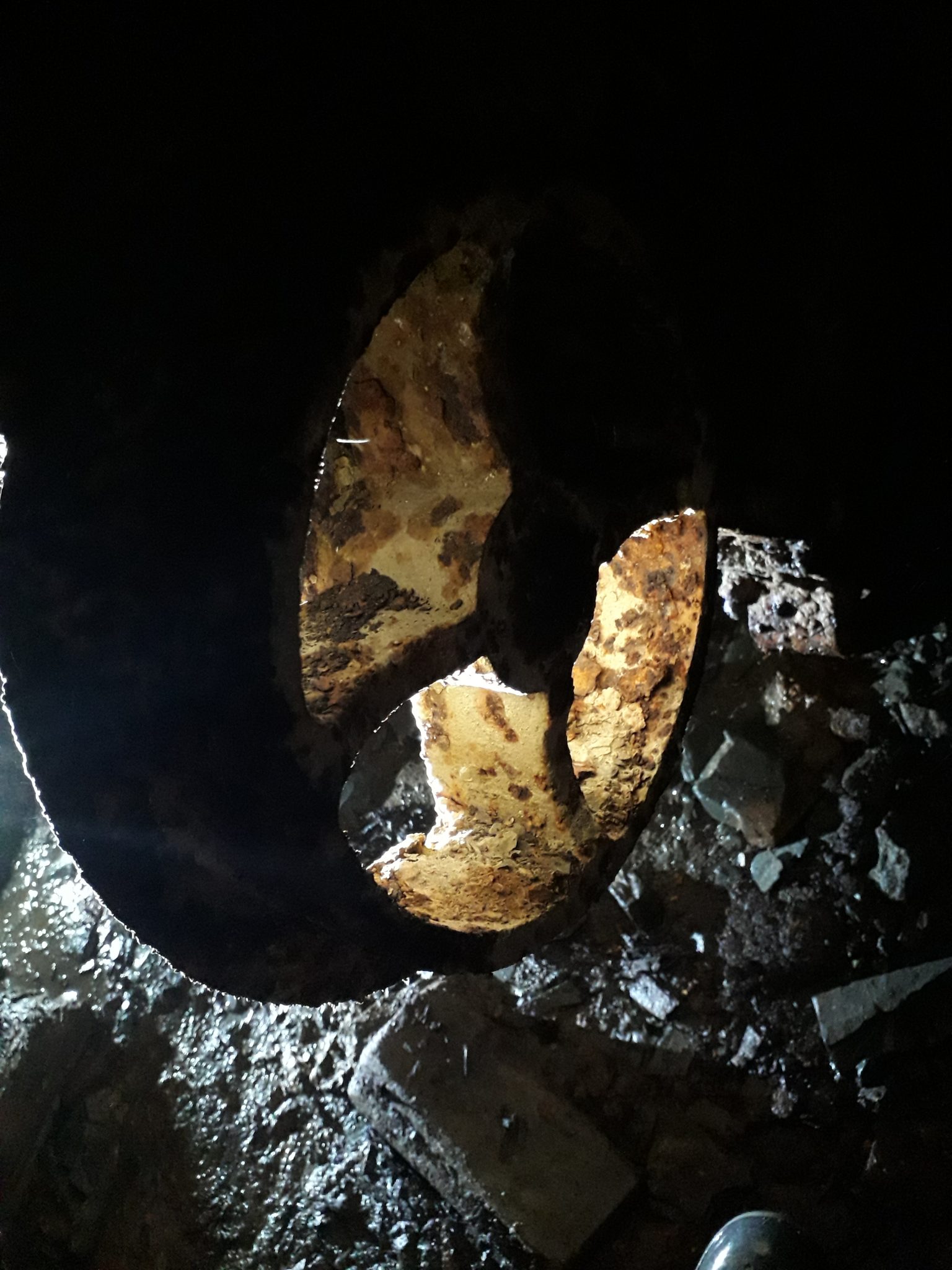
My workplace annual leave is a precious resource, and I try to use it sparingly and wisely. In respect of this year’s NAMHO Conference, I think I made a good decision, extending the weekend on which the conference presentations took place by three days, so I could also attend some field trips. The organisers, the Cambrian Mines Trust, had consciously extended the event over five days so that as many as wanted to could visit several mine sites, both underground and surface only locations. The driving force for the weekend’s organisation was Roy Fellows. As a director of Cave Access Limited, it was a simple matter for him to set up trips to a number of the mines for which access is managed by CAL.
The event was centred on Llanafan, a small rural community a few miles inland from Aberystwyth, where the lectures and other events were scheduled to take place, and conveniently located for many of the field trips that had been laid on.
Inevitably, due to the distance I would have to cover, the first of my days was largely taken up with travelling, but I arrived in plenty of time to set up camp, look around the village, and check-in for the weekend at Lisburne Hall (NAMHO Conference HQ), and chat to those who had already arrived.
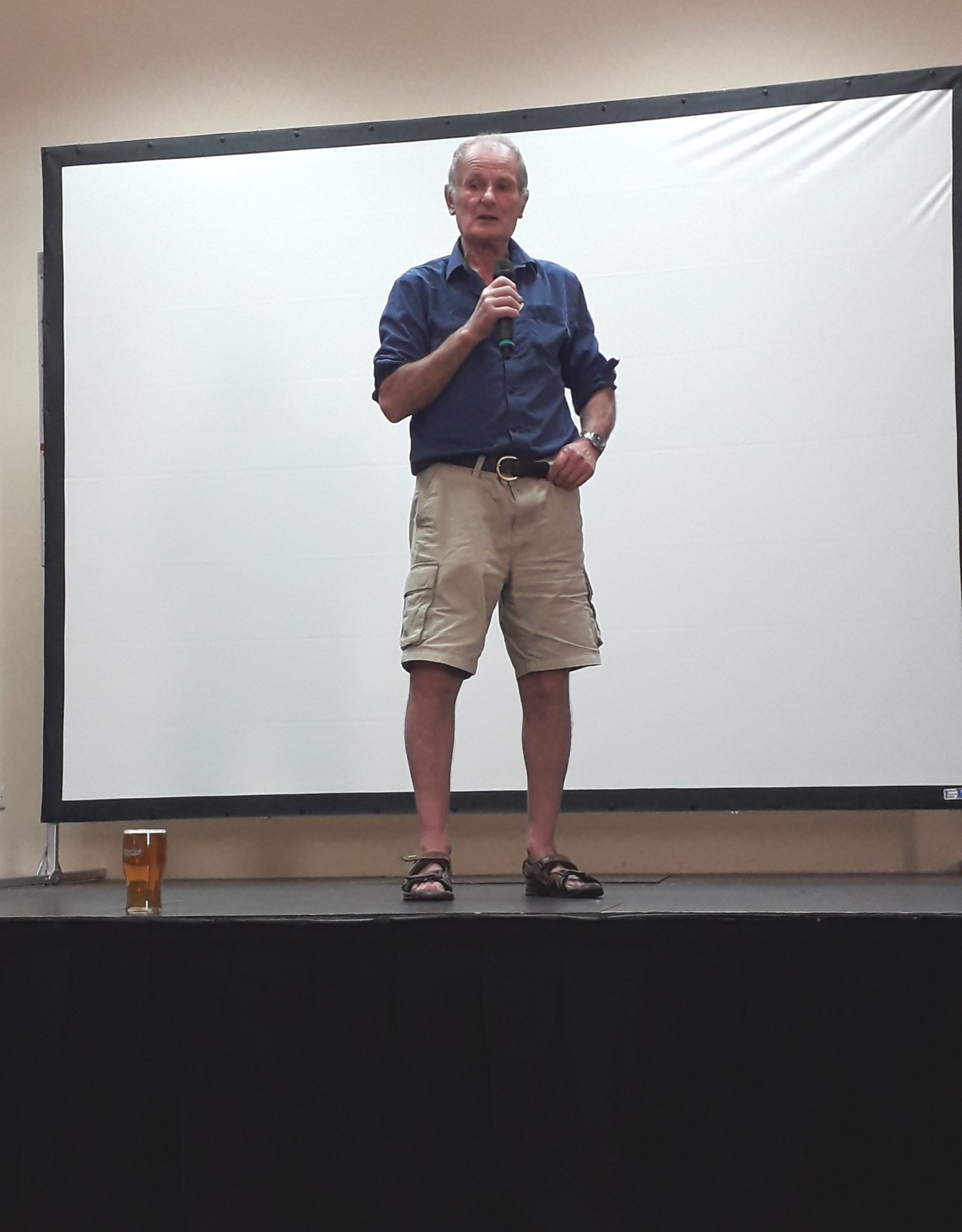
The conference itself took place on Saturday and Sunday, and I will return to my impression of a couple of field trips later; any report would be sadly lacking in thoroughness without it. All NAMHO conferences are given a theme for lectures to follow; some years this can be very specific to the region or locality of the event, and at other times there is a non-geographical focus, and so it was this year with speakers encouraged to present their work or thoughts on “Mine exploration as a research tool – applications in mining history, geology and archaeology”. This attracted a diverse range of speakers, and for me this was one of the best NAMHO conferences I have attended.
John Barnatt started Saturday morning with his thoughts on “Using underground survey at historic mines”. The use of official mine surveys, whether working plans, abandonment plans, or those produced to encourage investors, is not necessarily the most reliable way to understand how a mine was developed. The mine explorer is best placed to create a more comprehensive survey, which should have archaeological features included in order to make the survey a valuable tool. Adding evidence of working sequence, surviving foundations for salvaged equipment, datable finds, etc. all add to what a good survey should include. John provided examples by illustrating how Holme Bank Chert Mine in Derbyshire was developed in different phases, and the evidence for equipment that once worked at different times in the Ecton copper mines in Staffordshire. A survey of Masson Cavern also showed a succession of development phases. Plans by modern explorers which show little more than passage layout are of minimal use in the historical interpretation of an old mine.
Rafal Zadak, with assistance from Mateusz Gil and Marek Skubisz, provided an excellent report on “The role of mine exploration in the protection of the Wieliczka salt mine (Poland)”. The salt mine at Wieliczka is a World Heritage Site, and of the nine levels and 245 kilometres of ancient workings described in the presentation, only 2% is part of a visitor attraction and museum, and the rest is potentially available for research and exploration. The mine staff are engaged in a long-term programme to record 700 years of mine archaeology. The workings are being systematically planned, recorded, and their future determined. Artefacts of note are rescued, and where necessary recovered for display. Some galleries are to be preserved, and dangerously unstable parts are to be sealed off and filled with sand, or made safe by the installation of new timber.
Jennifer Protheroe-Jones then continued the morning session with the topic “[Under-]Ground-truthing historic mine plans: case study of Cwmystwyth Mines, North Cardiganshire, 1704-1912”. The benefits of combining historic plan data with mine exploration was Jennifer’s theme. By comparing what appears on old plans with what can be found today often reveals how old mine plans were generalised, with workings omitted, mis-located, distorted and sometimes include proposed developments that were never executed. Working and abandonment plans will often only show those parts being actively worked or recently worked. Promotional surveys are clearly going to put the mine in a good light for potential investors. Jennifer described work undertaken in Cwmystwyth Mines to show how old plans can be quite misleading, and although many 19th century plans are often reliable, stope sections can be highly generalised.
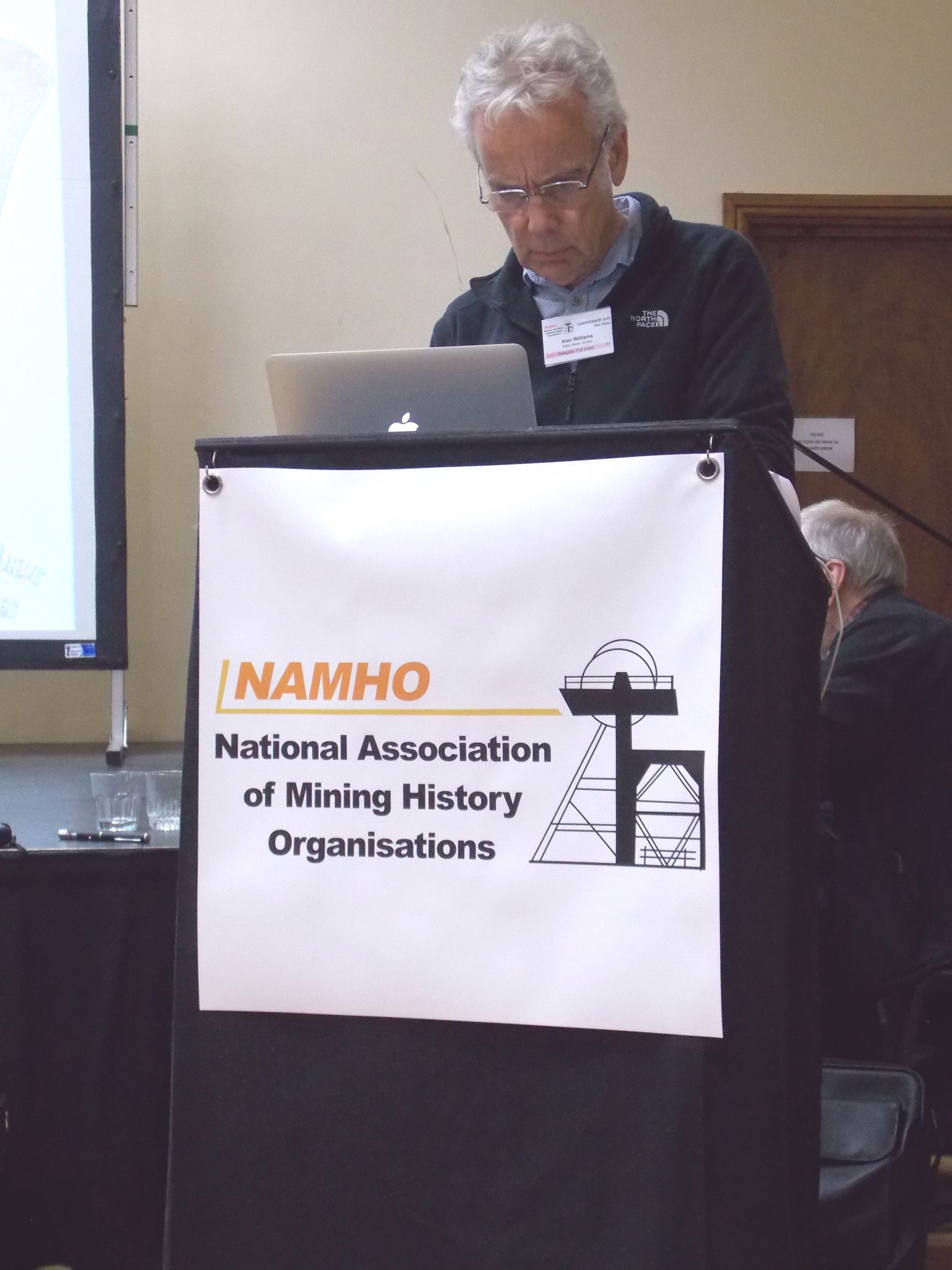
Dr. Alan Williams started the afternoon session with “A Bronze Age copper bonanza? The Great Orme Mine in North Wales”. This was a presentation of recent research that has shown that Bronze Age extraction of copper at the Great Orme mines represents Britain’s first mining boom, with Great Orme copper dominating the supply of the red metal in Britain for 200 years from c.1600 BC. This has been possible by analysing the trace element content of various samples, including ore from the Great Orme mines, copper prills from the nearby bronze age smelting site and from smelting experiments, and datable artefacts across Europe. Because the copper produced at the Great Orme was sufficiently distinctive from copper produced elsewhere, it is possible to conclude with a high degree of confidence that the Great Orme supply dominated the market for bronze trading across the British Isles and beyond for at least 200 years.
Dr. Rob Vernon described the chronology of his personal interest in the mines of the Gwydyr Forest, from 1970 to the present day. “Gwydyr Forest metal mines: A story within a story” described Rob’s work which resulted in the publication of seven volumes on the history of the mines. His cooperation with engineers on mine reclamation schemes, demonstrates that maintaining access to the workings allows inspection for any issues that might have a bearing on possible groundwater issues, especially as the mine-workings cross boundaries of catchment areas. By combining knowledge of mine plans and the drainage routes from various mines, authoritative advice to local authorities and consultants has been possible.
David James provided his case for better understanding and recording of geological features by mine explorers and historians. In his talk “Understanding the geological controls of mining history – the role of the informed mine explorer”, he argued that in many instances today, it is only the mine explorer who can observe first hand the geological features below ground, which controlled the way in which mines were developed and ore bodies were exploited. Recording the dip of strata, and the strike and hade of fault-lines and mineral lodes, is an uncomplicated but valuable process, and David used examples to show how hitherto accepted records of features at Cwmystwyth Mine have been challenged and corrected through underground inspection by mine explorers.
Mike Statham continued the scheduled Saturday programme of talks with a brief history of Cystanog Lead Mine near Carmarthen, providing details of its rediscovery and subsequent exploration, spearheaded by Phil Knight.
The final presentation of the day was by Dr Simon Timberlake, who summarised current understanding of early British copper mining, stating that there are 14 established Bronze Age mining sites in the British Isles, and covered archaeological work at Copa Hill, Cwmystwyth, and other sites in Wales.
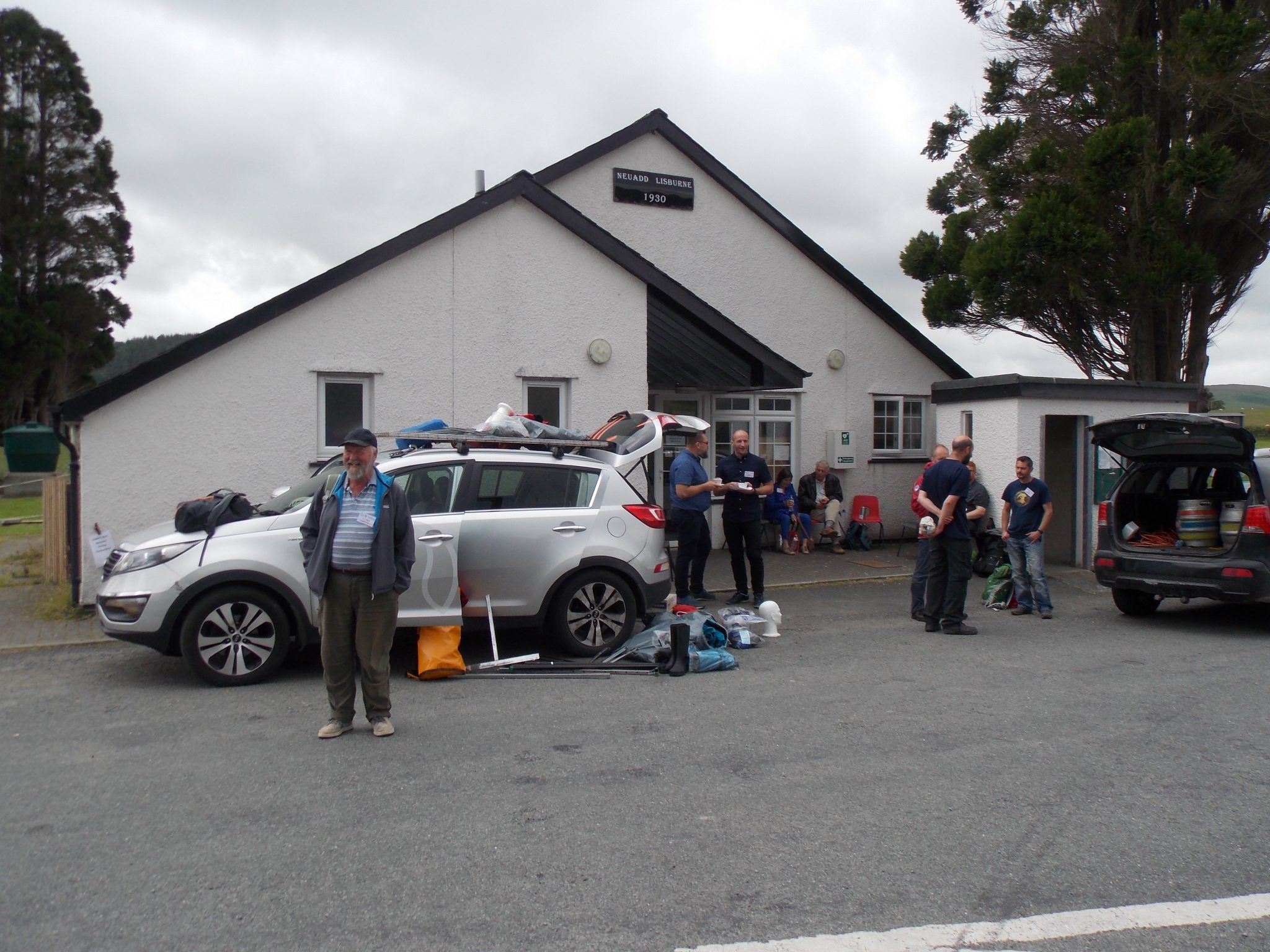
The Saturday lectures were well attended and appreciated. Sunday proved to be equally fascinating and informative, with a wide range of subjects covered, starting with the story of how the lead mines of Sandford Hill, in the Mendip Hills, are being explored and their extent revealed. Ed Waters of the Mendip Caving Group described how, in the club’s quest to rediscover the almost legendary Sandford Hill Gulf, a significant amount of previously unexplored 18th century lead workings have been recorded.
Tracy Elliot of the Trevithick Society provided a good sequence of illustrations of Cornish mining features, putting them into the context of how the miners of the past might have appreciated and understood what can be see today.
My own talk, “How old are the Chaldon quarries?”, focussed on recent and not so recent work to establish a chronology for quarrying activity in the extensive Reigate stone quarry workings at Chaldon, in Surrey. Using a combination of archaeological finds, radiocarbon dating and inscription analysis, the workings are now believed to have been a significant source of stone during the 16th and 17th centuries. Documentary evidence, however, suggests a significant amount of medieval activity, the precise location of which has yet to be determined.
Sadly, due to personal circumstances, the next scheduled speaker, Adam Russell, was unable to attend the conference.
The final session of the conference on Sunday afternoon was over all too quickly. The first speaker was NAMHO Chairman Peter Jackson, describing the cooperation between mining history organisations and government organisations in the North Pennines Orefield. The relevant area includes Areas of Outstanding Natural Beauty, a geopark, and Scheduled Ancient Monuments. This inevitably means that many management bodies will have an interest in matters involving the abandoned mines in the area, such as Historic England, the Environment Agency, the North Pennines AONB Partnership, and various River Trusts. Problems with pollution from old mines and their waste tips will involve all of these organisations. Providing voluntary involvement in the challenges of both protecting important historic mine sites, and protecting the environment from the potential harm such sites pose, has allowed a good working relationship to develop. Jobs get done at little cost, and the necessary funding is provided readily when appropriate. Peter described the need for setting up a North Pennines Mines Research Group, to facilitate further cooperation, and a meeting to discuss this proposal was held recently at Nenthead.
Chris Twigg has been exploring and surveying the jet workings in Cleveland for some years. His interests also include other mine-workings in the area, namely the very extensive ironstone mines. The talk, “3-D modelling of ironstone and jet workings in Cleveland” covered the 3-D modelling of both types of mine, and how the results are proving useful in the community. The ironstone mine operators left an impressive trail of working and abandonment plans which have now been geo-referenced into a 3-D model using GIS software. The jet mines, in contrast, have almost no official records and have been explored and surveyed using cave-surveying techniques by mine-explorers. All the results have been combined with LIDAR data and Google Earth imagery to create 3-D representations of the workings. This work has been done as part of the Heritage Lottery Funded “Our Industrial Heartland” project. The results can demonstrate where the old mine-workings are relative to surface developments, and also to the Sirius Minerals Transfer Tunnel currently being driven under the area.
Fire-setting is an ancient mining technique, at risk of being hugely underestimated for how widely it has been used, and in a global context, how recently it died out. Lynn Willies demonstrated how to recognise where fire-setting has been used underground, in “Firesetting: how it works, how it is done and what it looks like”. The large concave surfaces of the resulting mine walls, rather reminiscent of solutional cavities in natural caves, are very characteristic. It is a misconception that fire-setting would have required miners to evacuate the mine to avoid suffocation, as with appropriate ventilation and draught management, a fire underground can induce a strong supply of fresh air. Fire-setting has been recognised in Bulgarian workings dating from 2800 BC, and also in smaller, more recent workings in Derbyshire such as Old Ash Mine, and Lords and Ladies Mine. There are vast post-medieval copper mines at Khetri in Rajastan, where the mine entrances are 50 to 60 feet across, and the workings open up to even larger dimensions below ground. Other mines in Rajastan, the Mala Mala Mine for lead and silver, were worked by fire-setting from 2800 to 1800 years ago. One of the most recent examples in Europe was at Kongsberg, in Norway, where fire-setting was used to drive a level as recently as 1882. Even just a few years ago, fire-setting was taking place in parts of the African continent.
Simon Timberlake concluded the weekend of lectures with “Archaeological investigations of Roman, Medieval and Post-medieval mining in Ceredigion – the work of the Early Mines Research Group”. In this talk, Simon concentrated on evidence for early lead-mining, demonstrating that there is some reality behind the assertion that lead-mining in Wales began in the late Iron Age or Roman Conquest period. Simon described how analysis of peat cores taken from lead-mining sites have preserved evidence for lead pollution in those periods.

I stated earlier that I had arranged enough time to join a couple of field trips as well as attend the main conference event. On Friday I was very pleased to join a small group led by Roy Fellows into Level Fawr of Cwmystwyth Mine. Roy’s enthusiasm for the site is very evident, and we were treated to a fascinating view of the workings at this level in the hillside, and the stories of the numerous improvements and stabilisation that Roy has undertaken in them. Many of the field trips were made possible through Roy’s involvement with Cave Access Limited, and the event would have much the poorer without them. The valley was busy with other trips taking place into different areas of the mine, involving SRT through trips, and deep access trips requiring a lot of ropework to descend the deepest parts of the mine, and return to the top of the mountain.
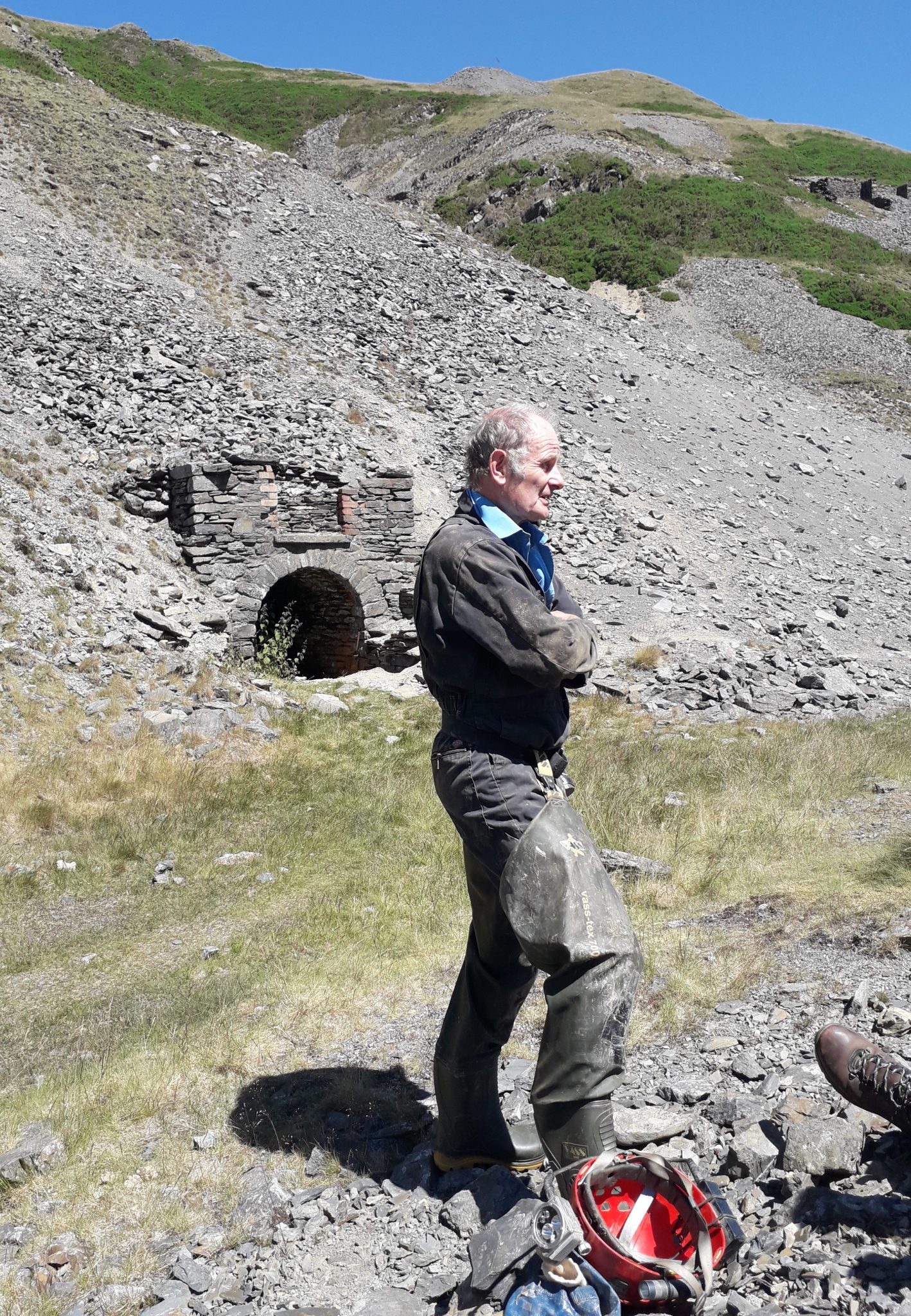
On Monday, I was to have joined Roy again at Rhiwrugos/Erwtomau Mine in Cwm Rheidol. However, the visit was scheduled for the afternoon, and I had also been invited to join a group visiting the nearby hydro power station in the morning. This meant that I would be able to join Paul Thorne’s visit to the same mine workings earlier in the day. This was a fascinating small mine-working with some nice features to admire.

The facilities laid on for the weekend were really good. We had the use of a spacious playing field for camping, luxurious portable shower units were laid on, and the view of the surrounding hills was inspiring. The Friday night supper and Saturday evening conference meal in the Lisburne Hall were excellent, and the bar provided each evening was much appreciated. The organisation of the weekend by numerous friends and colleagues of Roy was faultless, and the whole weekend could not have gone ahead without people offering to run field trips, manage the booking system, organise events in Llanafan, set up trade stalls, and so on.
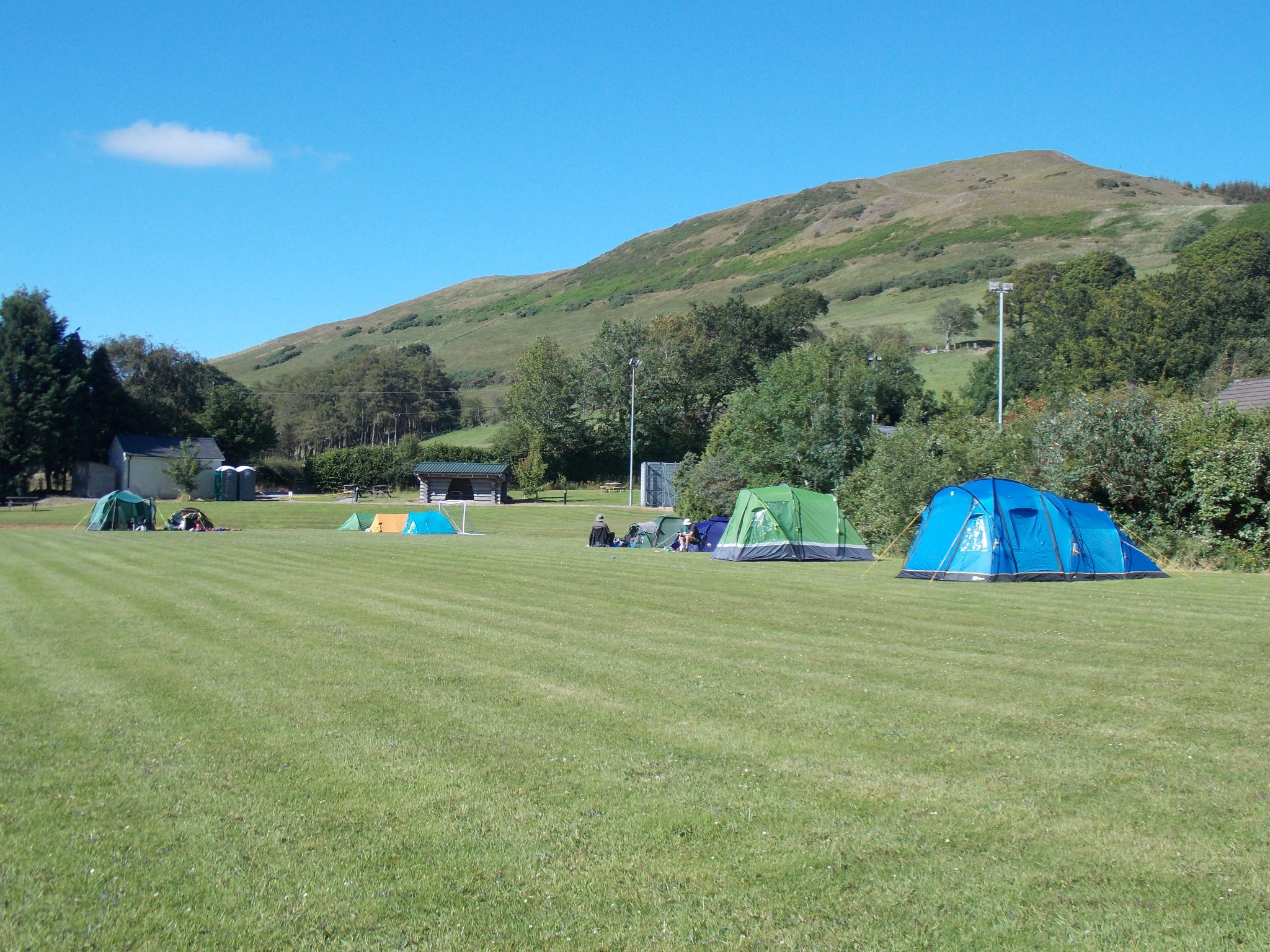
The NAMHO Conference provides an excellent opportunity to exchange ideas and information with mining historians and enthusiasts from around the UK and beyond. It is a unique event in that respect, catering for the interests of both academically-minded people, and those whose primary interest is to explore and appreciated old mines. I hope it continues in its current format for many years to come. Without it, the advancement of mining-history as a useful area of study would be much diminished.
Correspondent: Peter Burgess
